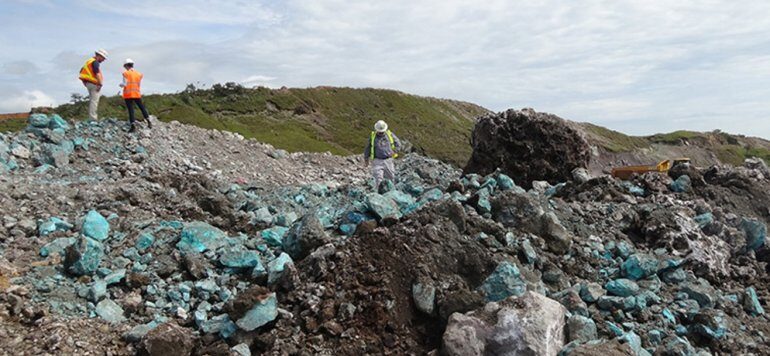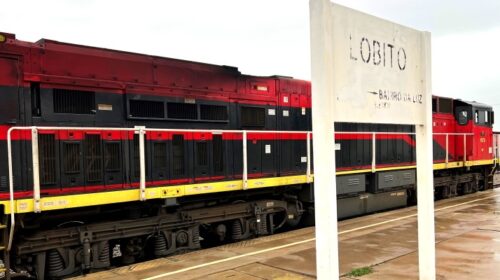Who Truly Benefits from DRC’s Mineral Wealth?
In 2023, the Democratic Republic of Congo (DRC) ranked second globally in copper and cobalt exports, according to the Central Bank of Congo (BCC). However, this raises a critical question: who actually benefits from the DRC’s mineral wealth?
To answer this, MINES.CD examined Lualaba, the world capital of cobalt and a major hub for the DRC’s mining industry. This region, part of the former Katanga province, is rich in copper and cobalt, mined by multinationals such as Sicomines, Commus, Mutanda Mining, KCC, Kamoa, Tenke Fungurume Mining, Metalkol, and Ruashi Mining.
When these mining giants arrived, there was hope they would improve local communities’ living conditions by creating jobs and boosting the economy.
Yet, nearly two decades later, the local population, often displaced by mining activities, claims to have gained little. Their legacy is mostly the environmental damage left after mineral extraction.
“Every mining activity introduces a new way of life,” noted Maître Donat Kambola, Coordinator of IBDH, a human rights organization focused on natural resources. “Communities lose their arable land, and artisanal mining develops,” he added.
Despite the DRC’s immense mineral wealth, local populations remain far from the anticipated development. Instead, they suffer from poverty exacerbated by the negative environmental impacts of mining, including air, land, and water pollution.
“Mining does not directly benefit the communities affected by mining activities,” said Léonard Zama, president of IPDHOR, a human rights organization. “It mostly benefits leaders or their associates, leaving the entire community with nothing,” he lamented.
Where Does the Mining Revenue Go?
The mining industry’s contribution to local development remains minimal, despite some infrastructure projects like schools and hospitals in Lualaba, according to local civil society groups interviewed by MINES.CD.
“Even at the provincial level, it’s hard to see tangible development from mining revenues, despite collecting 25% of the mining royalty, road tax revenues, concentrate tax, and more,” added Me Donat Kambola. He criticized the Congolese government for lacking vision in the mining sector.
Corruption and poor management of mining revenues, often highlighted by civil society, keep the local population in poverty. This mismanagement stands in stark contrast to the flourishing social life in Greater Katanga during the Gécamines era.
Many in the DRC are demanding a better redistribution of mining wealth. They argue that the current system does not benefit the local communities hosting industrial activities but rather a small, privileged group.
While the DRC’s mineral exports soar, the promised benefits to local communities remain elusive. The challenge lies in ensuring that the wealth generated from the country’s rich mineral resources is fairly distributed and contributes to genuine local development.
SOURCE:mines-cd.
146 total views , 1 views today





